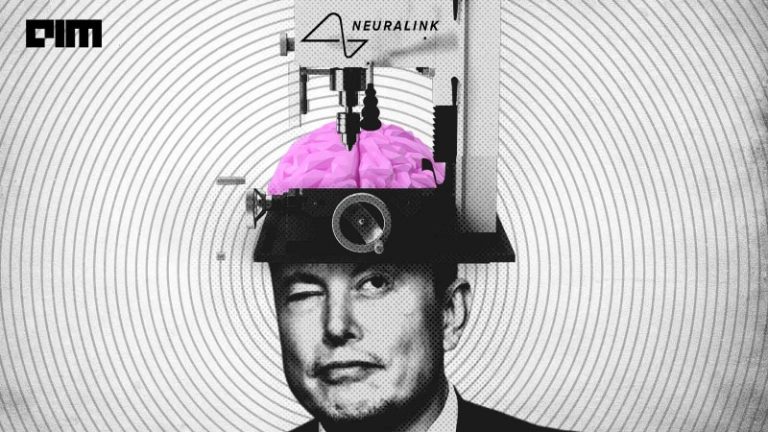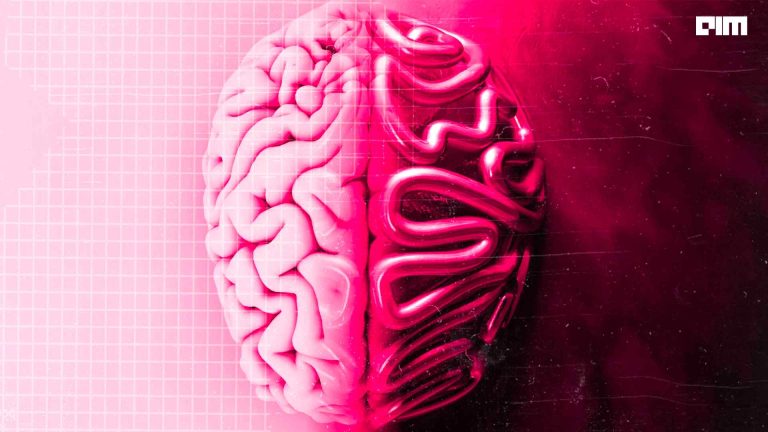|
Listen to this story
|
Noland Arbaugh, a 29-year-old paralysed man who became the first person to receive a Neuralink implant, is busy playing video games. Be it Chess, Civilization, or his recent obsession Mario Kart, where Arbaugh has been controlling the character Bowser, navigating the track and shooting down other players.
The catch is, this is all happening without the use of hands – with just his thoughts.
“It makes being paralysed really not that bad,” Arbaugh said, describing the impact of the technology on his life. He even put out his first post on X after the implant, saying: “Twitter banned me because they thought I was a bot, X and Elon Musk reinstated me because I am.”
The implant, named Telepathy, has allowed him to regain a degree of independence and participate in activities he enjoyed before his accident.
How far are we from achieving immortality?
Musk’s vision for Neuralink goes beyond just helping individuals with paralysis. In fact, his goal is to achieve a symbiosis between human intelligence and artificial intelligence, and ultimately achieve immortality in the form of robots and humanoids.
Citing Iain M Banks’ ‘Culture’ series of novels and taking inspiration of a featured technology called ‘neural lace’, Musk imagines Neuralink to be a high bandwidth, brain to computer interface, where “it retains all of your memories and brain state, so even if your physical body dies, you can kind of reincorporate in another physical body and retain… pretty much your original memories”.
He said, however, Neuralink is a long way from achieving this, but it is off to a great start. “Our current Neuralink has about 1,000 electrodes. Ultimately, you need 100,000 or a million electrodes,” said Musk, about achieving the ultimate goal. He said these electrodes are tiny wires, thinner than a human hair.
Musk believes that by merging with AI through a brain-computer interface, humans can overcome the limitations of their biological brains and achieve a new level of cognitive capabilities.
“It’s sort of like if you can’t beat ‘em join ‘em,” he said, in a recent interview with the founder of Abundance360, Peter H Diamandis, emphasising that the human brain can’t compare to the rate at which artificial intelligence systems are advancing.
The journey so far
Arbaugh, who is paralysed from the neck down due to a swimming accident, became the first person to receive the Neuralink brain chip implant in January as part of a clinical trial.
The first human Neuralink patient, who is paralysed, controlling a computer and playing chess just by thinking. pic.twitter.com/eMt159JoIg
— Historic Vids (@historyinmemes) March 21, 2024
In May 2023, Neuralink received the FDA approval to begin human clinical trials, and the company has since recruited participants with quadriplegia due to spinal cord injuries or ALS.
Paul Nuyujukian, a professor of bioengineering and neurosurgery at Stanford University, said, “The difference that the previous implants have with Neuralink is that this is fully implantable, battery-powered, and wireless. All of this is being done over Bluetooth protocol.”
Concerns have been raised around the technology, which was tested on animals, regarding the treatment meted out to animals during Neuralink’s trials, with reports of rushed experiments leading to unnecessary suffering and deaths.
Meanwhile, Musk has announced plans for a second product called Blindsight, which aims to cure blindness by sending visual information directly to the brain.
As clinical trials progress and more individuals participate, Nuyujukian said, “A technology like this has the potential to transform our treatments, not just for stroke, paralysis, degenerative and motor degenerative diseases, but for pretty much every kind of brain disease, from Parkinson’s to epilepsy, to dementias, and Alzheimer’s.”
Though Musk acknowledges that any of this is still a long way off, Neuralink, for him, is the first step towards this vision. He said, “If your brain state is essentially stored, you’re kind of backed up on a hard drive. Then you can always restore that brain state into a biological body or maybe a robot or something.”
Mind blown!


















































































